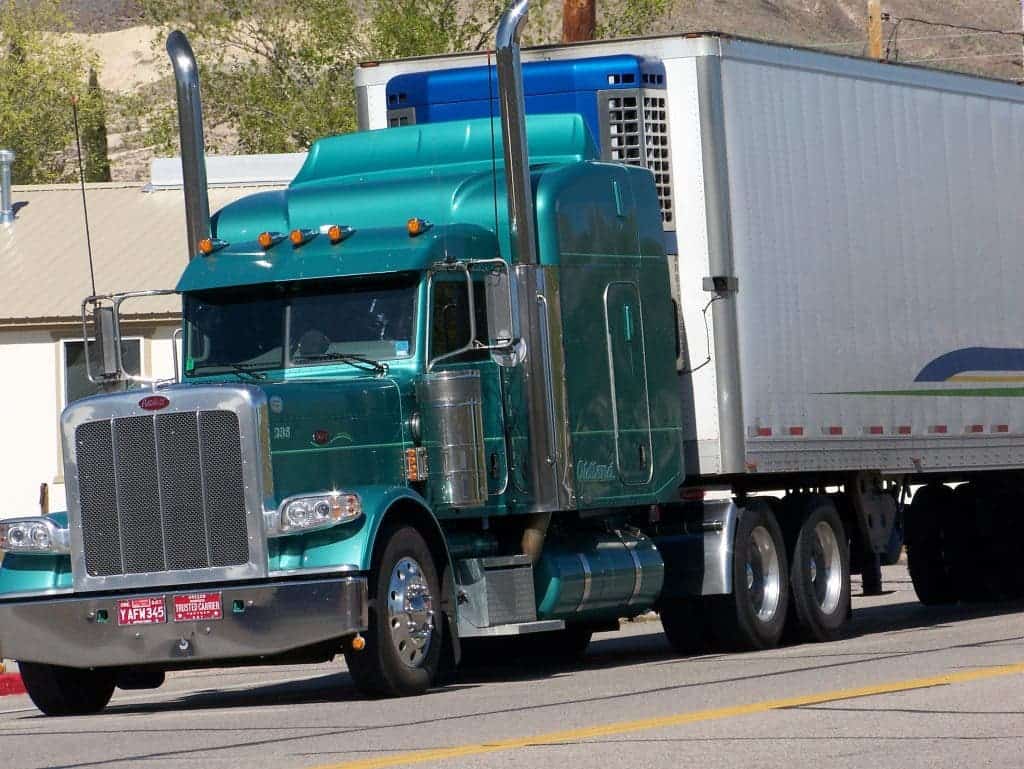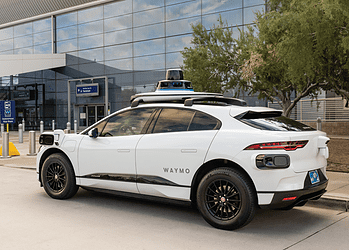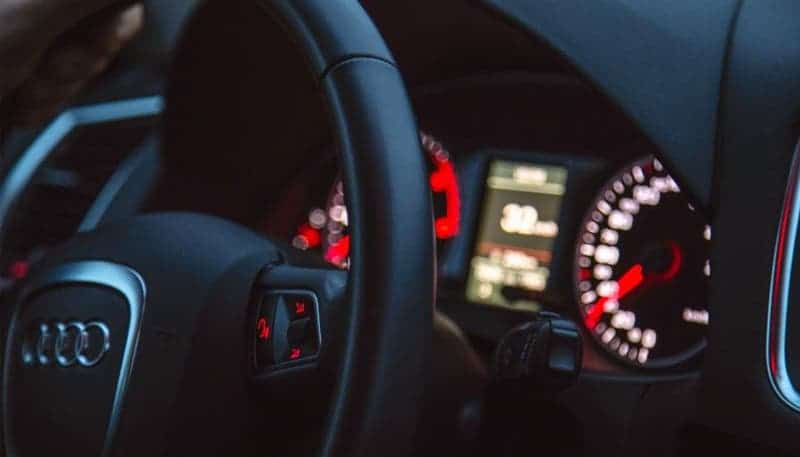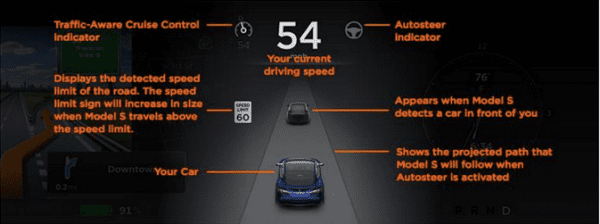Six convoys of semi-automated, smart trucks drove across Europe, arriving at Rotterdam, in the Netherlands. It’s a clear sign that driverless trucks are slowly becoming a reality, and when they do – we’re going to face a massive automatization challenge.

More than a dozen trucks made it to Europe’s largest port in so-called “truck platoons”, said Eric Jonnaert, president of the umbrella body representing DAF, Daimler, Iveco, MAN, Scania and Volvo.
Truck platooning involves one truck, with a human driver deciding the route and speed, and a few driverless cars following it automatically. This isn’t the first time something like this was tested, but it was the first cross-border experiment, and it was completely successful, with driverless trucks convoying from Sweden or Germany.
“Truck platooning will ensure cleaner and more efficient transport. Self-driving vehicles also contribute to road safety because most accidents are caused by human failure,” said the Dutch infrastructure and environment minister, Melanie Schultz van Haegen.
There are clear advantages to this – while drivers are limited to driving 11 hours at most per day, driverless trucks can obviously go on indefinitely. Also, they are better than human drivers for fuel efficiency. It is also much safer, for pedestrians as well as the drivers. More truck drivers are killed on the job in the US than in any other line of work. The technology could effectively double efficiency for just 25 percent added costs while making the whole process much safer for everyone involved. But it’s not all good – this massive automatization could have a huge adverse effect, one for which we don’t have any solution.
There are currently 1.6 million Americans working as truck drivers, about 1% of the entire workforce. With driverless trucks being right around the corner, a huge number of jobs will be lost. Overall, the benefits brought to mankind are undeniable, but what would we do with the drivers? There is no backup plan, there is no way to funnel these benefits to the drivers, and this is a major problem – hopefully, before the technology hits the roads.






